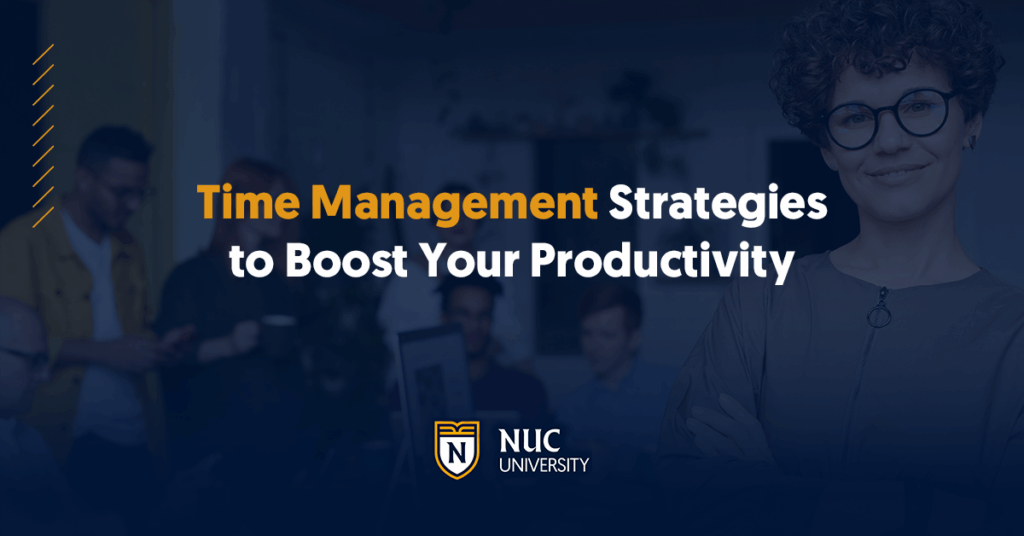In a world filled with constant distractions—from notifications and emails to endless meetings—staying focused is a challenge in itself. The flood of information and the expectation of immediate responses can quickly turn disorder into the norm. According to Asana’s Anatomy of Work Index, 80% of employees keep their email or communication apps open throughout the workday, which reduces efficiency and increases the risk of errors.
Time management is a fundamental practice that enables you to efficiently organize tasks while clearly setting priorities to enhance productivity. It also plays a crucial role in ensuring the compliance of proper rest periods.
To regain control of your time, it’s essential to implement proven management strategies. This article offers several practical tips to help you structure your routine, maximize productivity, and focus on what truly matters, especially when working under pressure and leading a team.
Prioritizing Tasks Effectively
Differentiating between importance and urgency is crucial for effective time management. Not all tasks have the same impact, so it’s essential to identify those that provide the most value. Techniques like the Eisenhower Matrix help distinguish urgent matters from important ones. By focusing on strategic activities and eliminating distractions, you enhance efficiency and lower stress. Prioritization also involves learning to decline non-essential tasks.
By setting clear objectives and structuring your schedule around them, you can optimize productivity and achieve better results in less time. To cultivate a culture of prioritization within your team, ensure they fully understand the company’s goals so they can align them with their objectives and integrate those goals into their daily responsibilities.
Delegating and Building Trust in Your Team
Delegating work does not mean losing control; rather, it requires distributing responsibilities wisely. Effective leaders recognize they cannot manage everything on their own and instead empower their teams to take on tasks aligned with their strengths. Delegation boosts efficiency, encourages professional growth, and allows leaders to focus on strategic decisions. To delegate effectively, it’s crucial to set clear expectations, provide necessary support, and offer autonomy in task execution. Proper follow-up ensures that responsibilities are met without unnecessary micromanagement. Effective delegation not only optimizes time but also cultivates a motivated, engaged, and capable team ready to take on new challenges.
Productivity-Enhancing Management Tools
According to a McKinsey study on digital tools, management and collaboration tools can increase efficiency by up to 30%. Platforms like Miro enable interactive brainstorming sessions, streamlining project planning. Workast assists in organizing tasks and managing daily priorities, simplifying workflow management. Meanwhile, Asana allows teams to transform conversations into actionable steps, ensuring a fair workload distribution. These tools not only enhance productivity but also improve communication and coordination within teams, making task management clearer and more efficient.
Keeping Meetings Essential and Efficient
Meetings can be useful, but without proper management, they often become inefficient time sinks. Before scheduling a meeting, ask yourself if it’s truly necessary or if the topic could be addressed through an email or an update in a management tool. If a meeting is unavoidable, set a clear agenda with designated time limits for each discussion point. Keep meetings concise and focused to avoid unnecessary detours. Eliminating non-essential meetings and making the necessary ones more efficient frees up time for strategic tasks and improves overall team productivity.
Breaking the Multitasking Myth
The belief that multitasking enhances productivity is a misconception—it actually depletes efficiency. Every time you switch focus, your brain needs to readjust, consuming valuable time and energy. Instead of attempting to handle multiple tasks simultaneously, concentrate on completing one task before moving on to the next. This approach allows you to enter a state of deep focus, enhancing performance and enabling you to accomplish more in less time with minimal effort.

Sources:
Asana, The Anatomy of Work Global Index
https://asana.com/resources/anatomy-of-work
Asana, The Eisenhower Matrix: how to priorize your to-do lis
https://asana.com/resources/eisenhower-matrix
McKinsey, Digital collaboration for a connected manufacturing workforce
https://www.mckinsey.com/capabilities/operations/our-insights/digital-collaboration-for-a-connected-manufacturing-workforce




